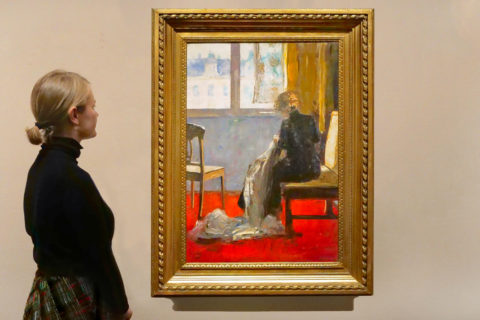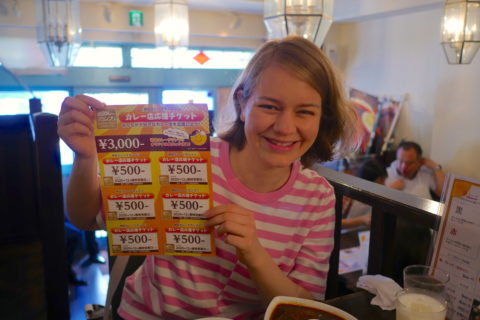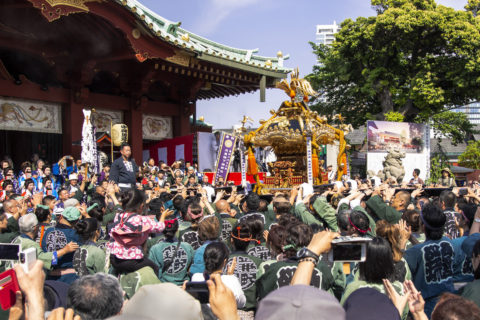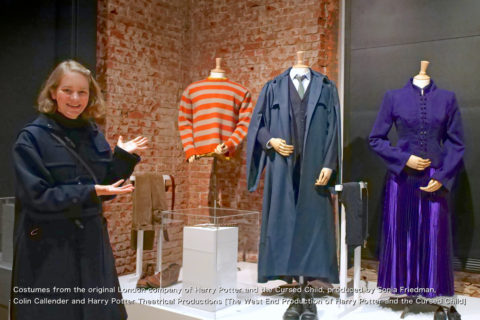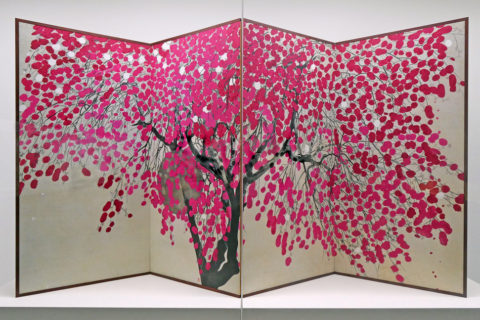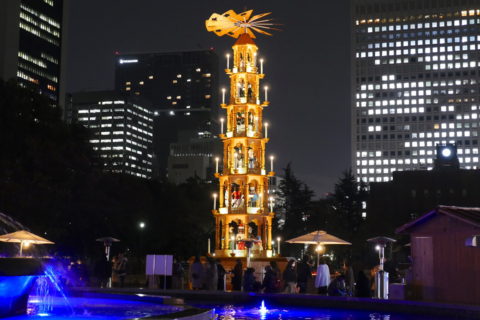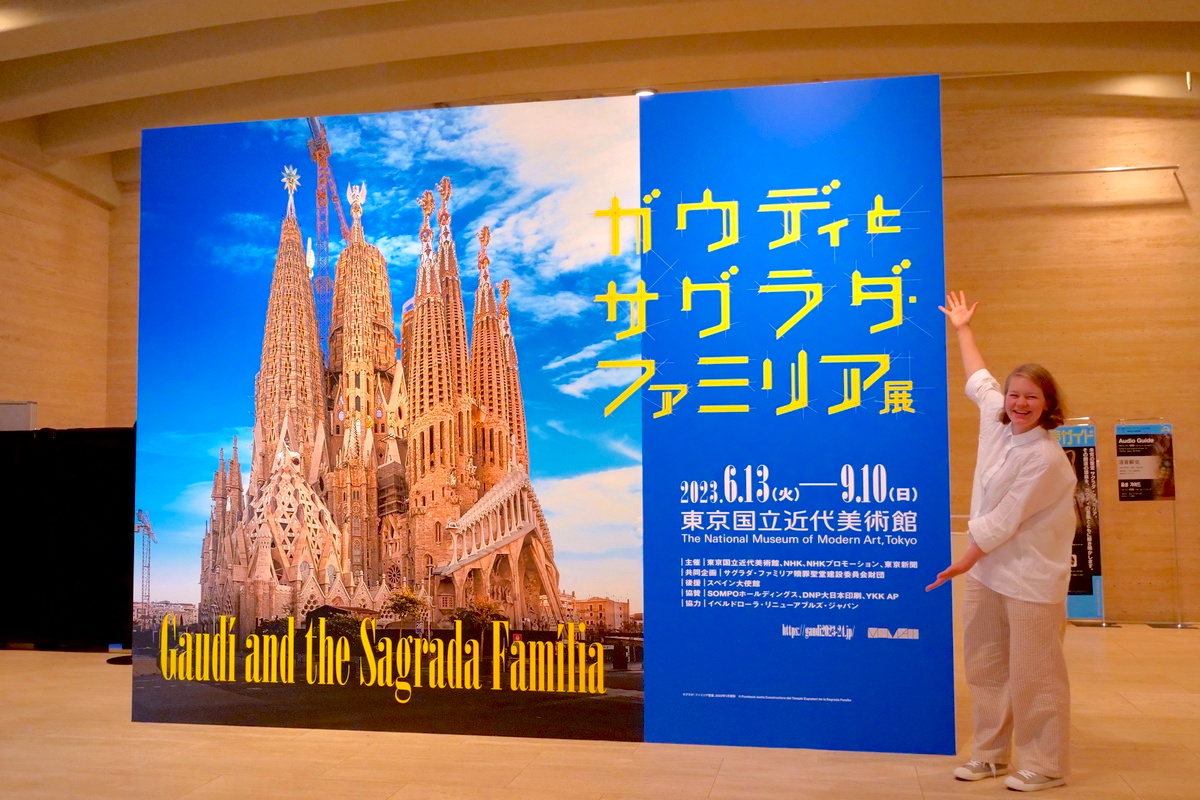
The Sagrada Família in Barcelona might be the most famous of Spanish architect Antoni Gaudí’s works. At the National Museum of Modern Art, Tokyo (MOMAT), more than 100 drawings, photographs, and models are on display, allowing visitors to delve into Gaudí’s unique architectural ideas and the sources of his originality. It’s finally on track for completion, and the “Gaudí and Sagrada Família Exhibition” is currently being held. As the Editor-in-Chief, Marei, I will take you through the highlights of this fascinating exhibition!
Content
The World of Gaudí in “Four Chapters”
The exhibition space is divided into “four chapters.” The concept of Chapter 1, “Gaudí and His Time,” and Chapter 2, “The Sources of Gaudí’s Originality,” revolves around “picking Gaudí’s brain!” Visitors can learn about the influences that shaped young Gaudí and how they were later integrated into the Sagrada Família.
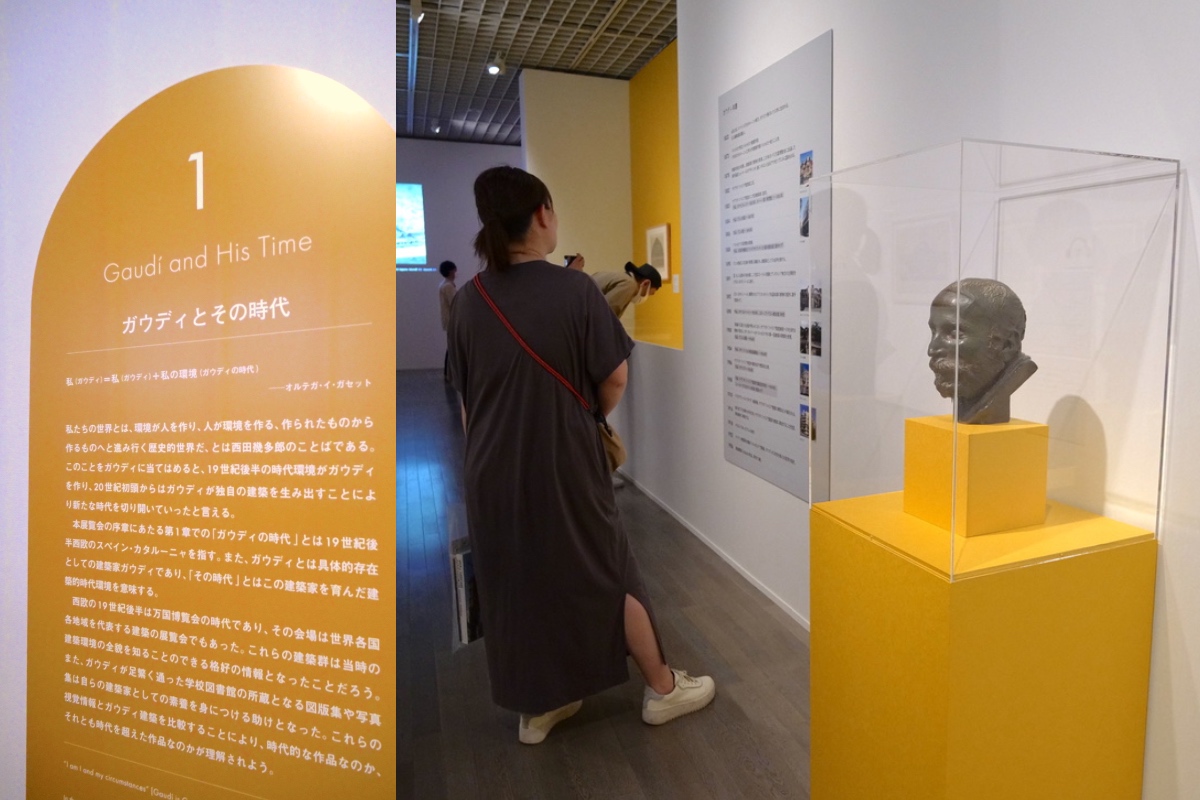
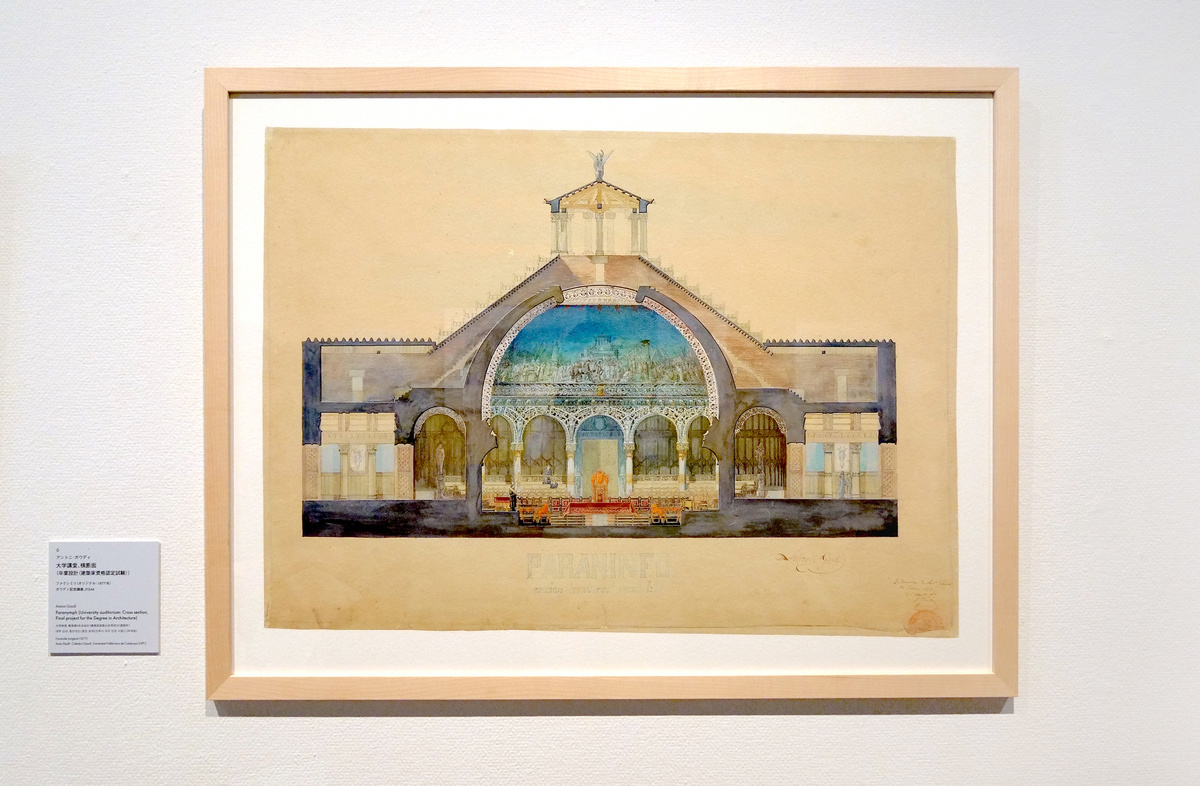
Chapter 1 also provides insight into the historical background in which Gaudí was active. After becoming an architect, Gaudí was immediately commissioned to design a showcase for the Paris Universal Exposition in 1889. The actual sketches he drew on the back of business cards are on display.
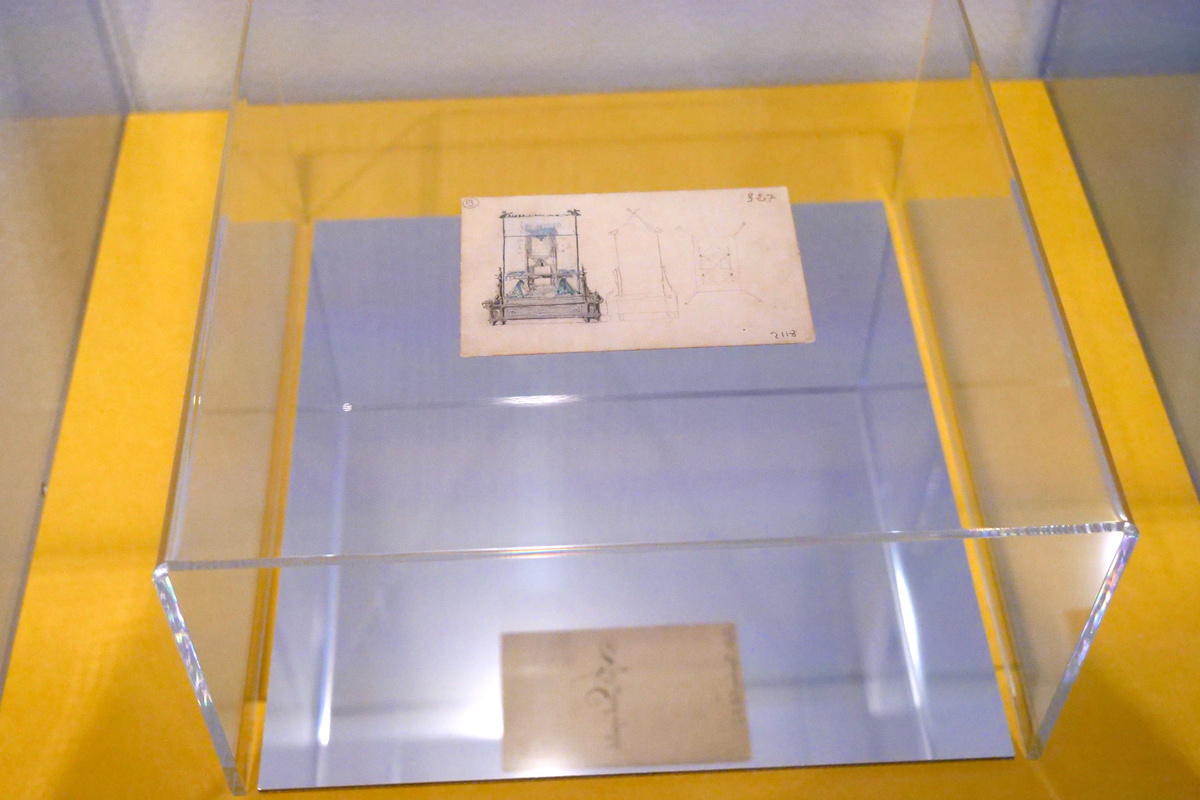
The Source of Gaudí’s Originality
Gaudí drew inspiration from “orientalism in architecture,” “life forms,” the “laws of balance” in nature, and geometry. What struck me the most was Gaudí’s relentless pursuit of his ideal forms through numerous experiments.
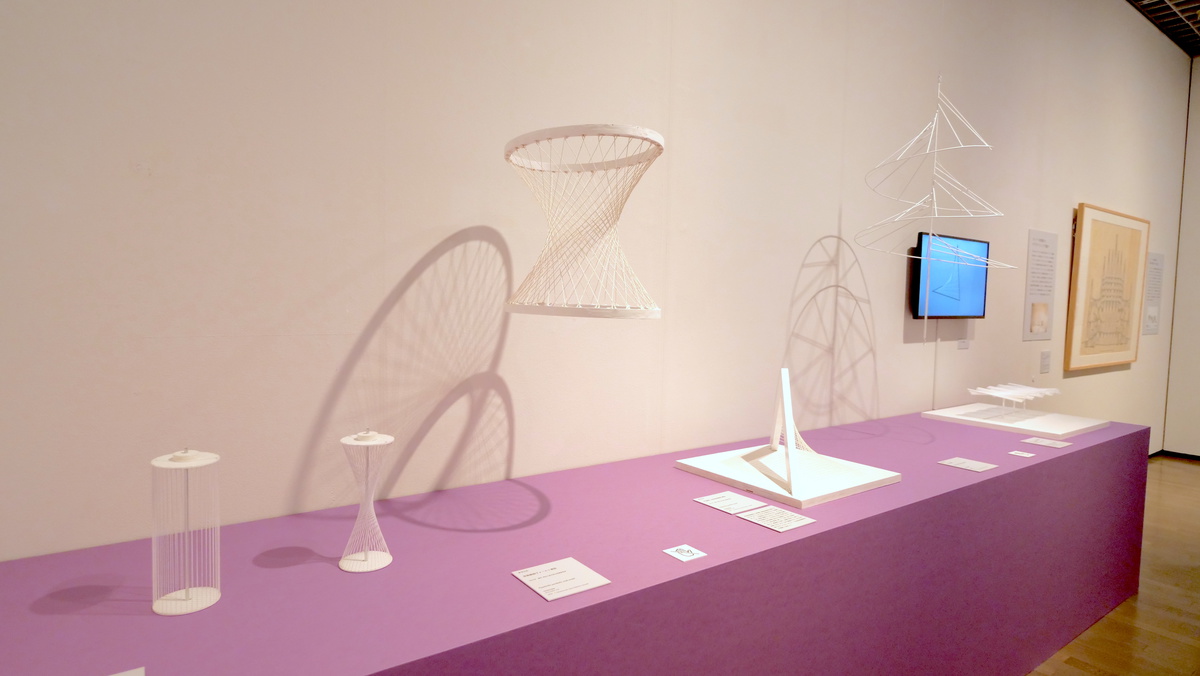
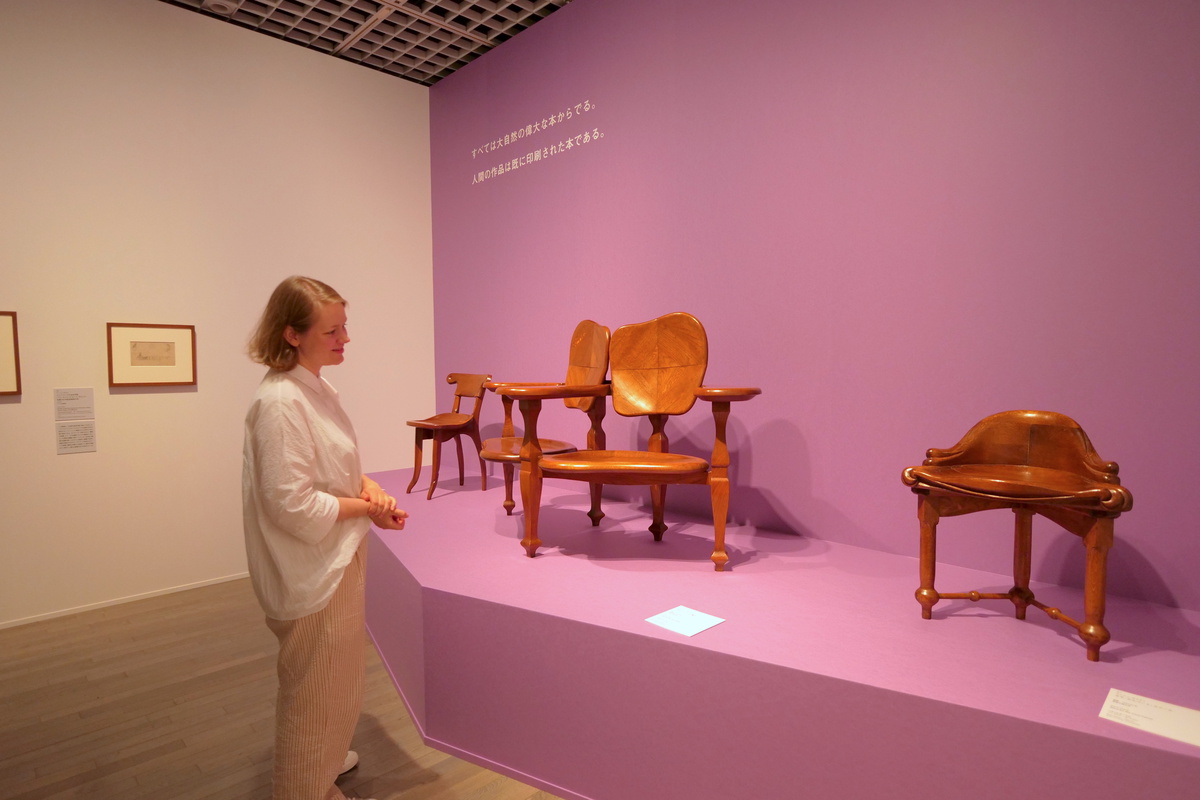
I was particularly impressed by the exhibition showcasing Gaudí’s trademark parabolic arches. Gaudí placed great emphasis on the arch, as it was believed that balance could be achieved through the “law of balance” dating back to ancient times. In his experiments, he studied arches formed by hanging strings and chains in search of the ideal arch that could harmonize with the structure.
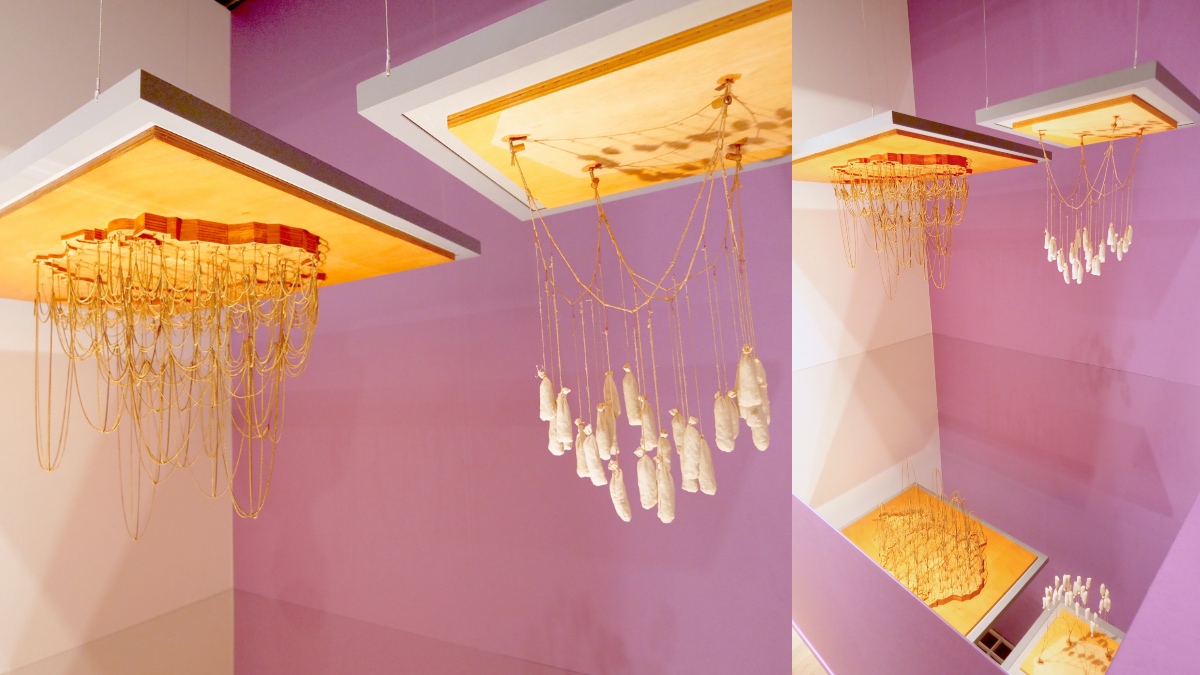
By examining the large model in Chapter 2, visitors can witness firsthand how Gaudí’s cherished parabolic arches were incorporated into his architectural designs. Although the “New York Hotel” designed by Gaudí never materialized, it seems that elements of his vision are concealed within the Sagrada Família cathedral.
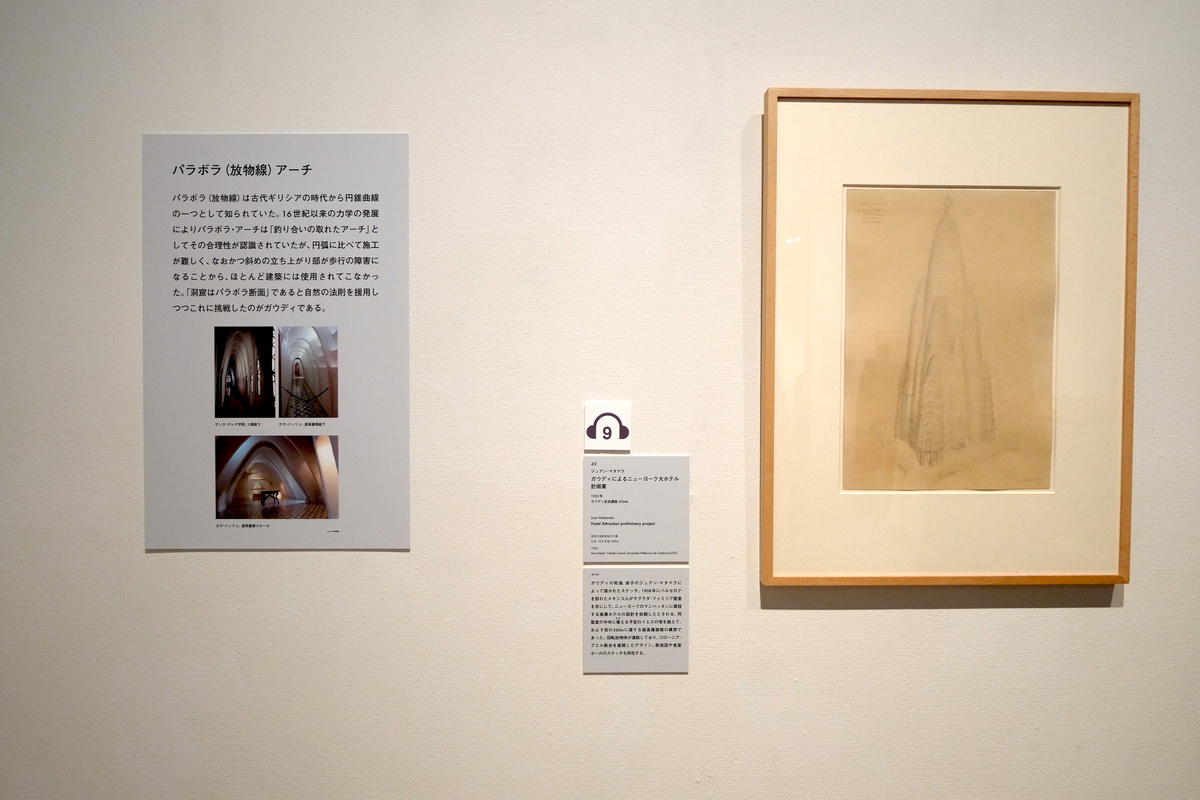
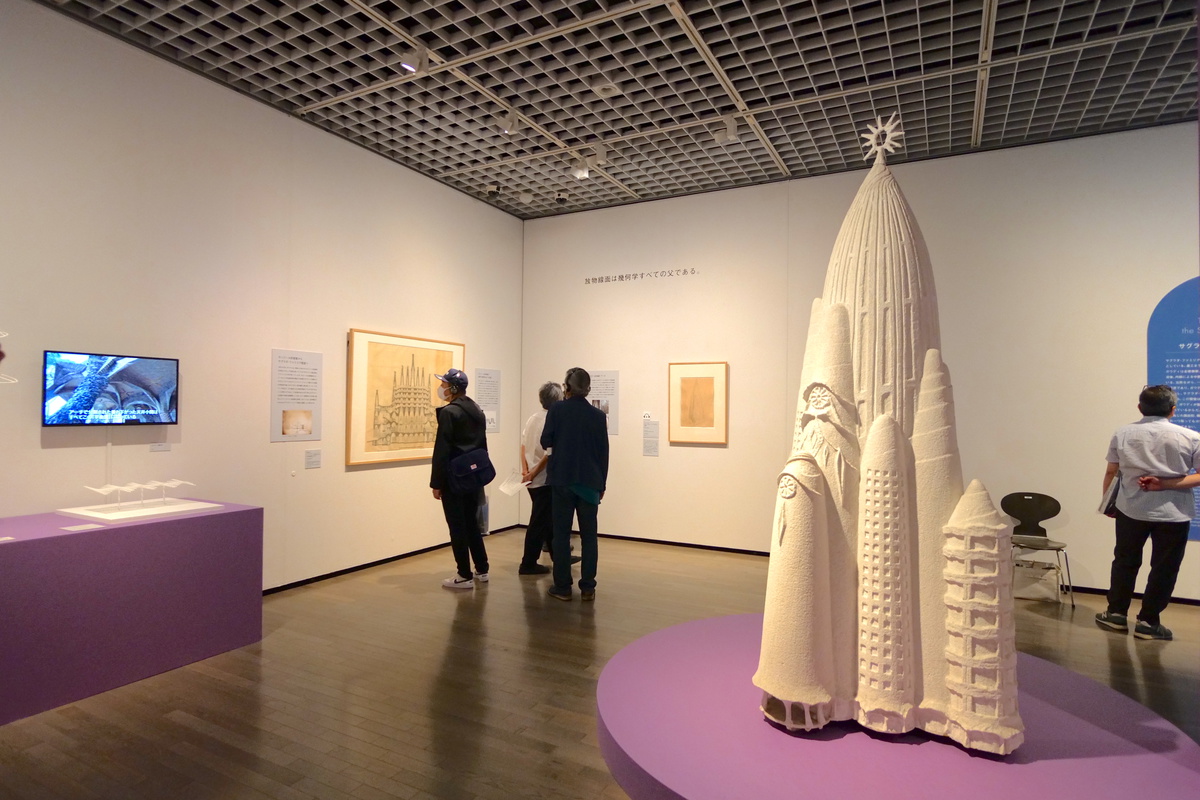
The Sagrada Família Nearing Completion!
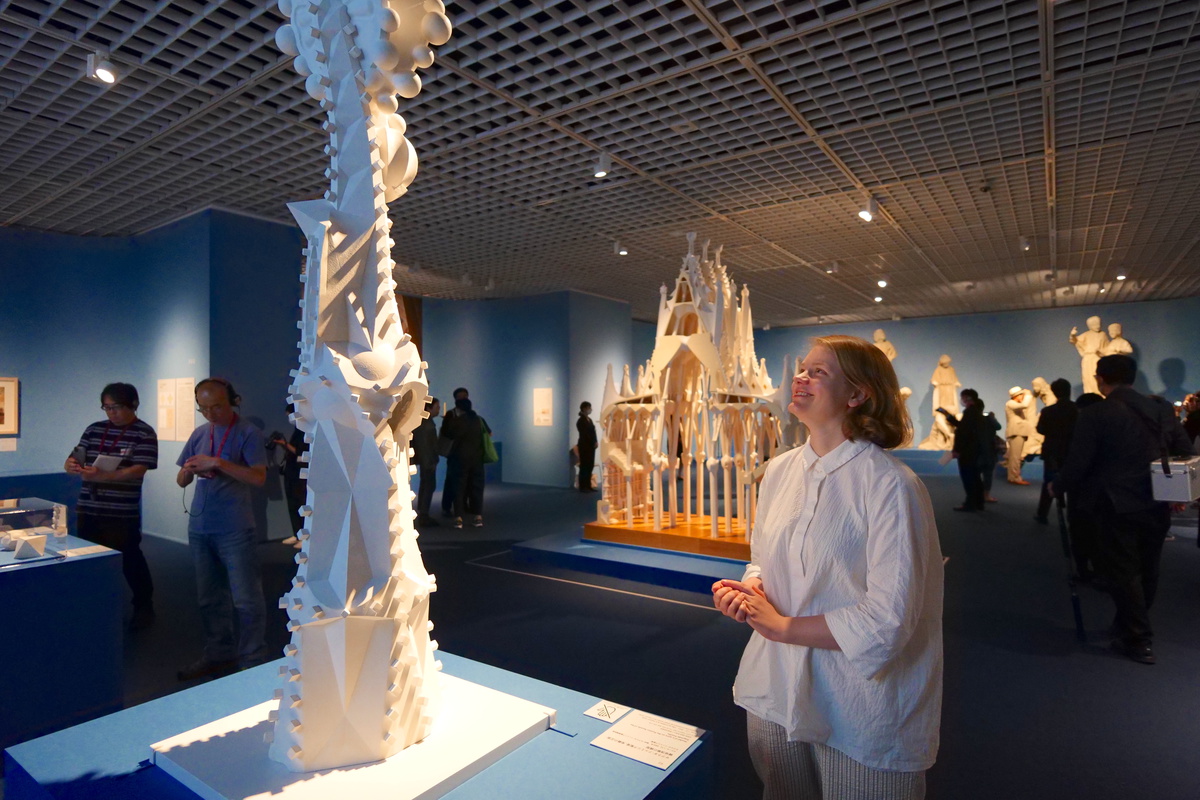
Gaudí was not the initial architect of the Sagrada Família; he was appointed in 1883 as the second architect. The original cathedral project was modest, but under Gaudí’s influence, it grew into an extensive undertaking. At one point, completion was estimated to require 300 years. Gaudí embarked on a “never-ending design journey,” continually creating and modifying countless models for the Sagrada Família until he died in 1926.
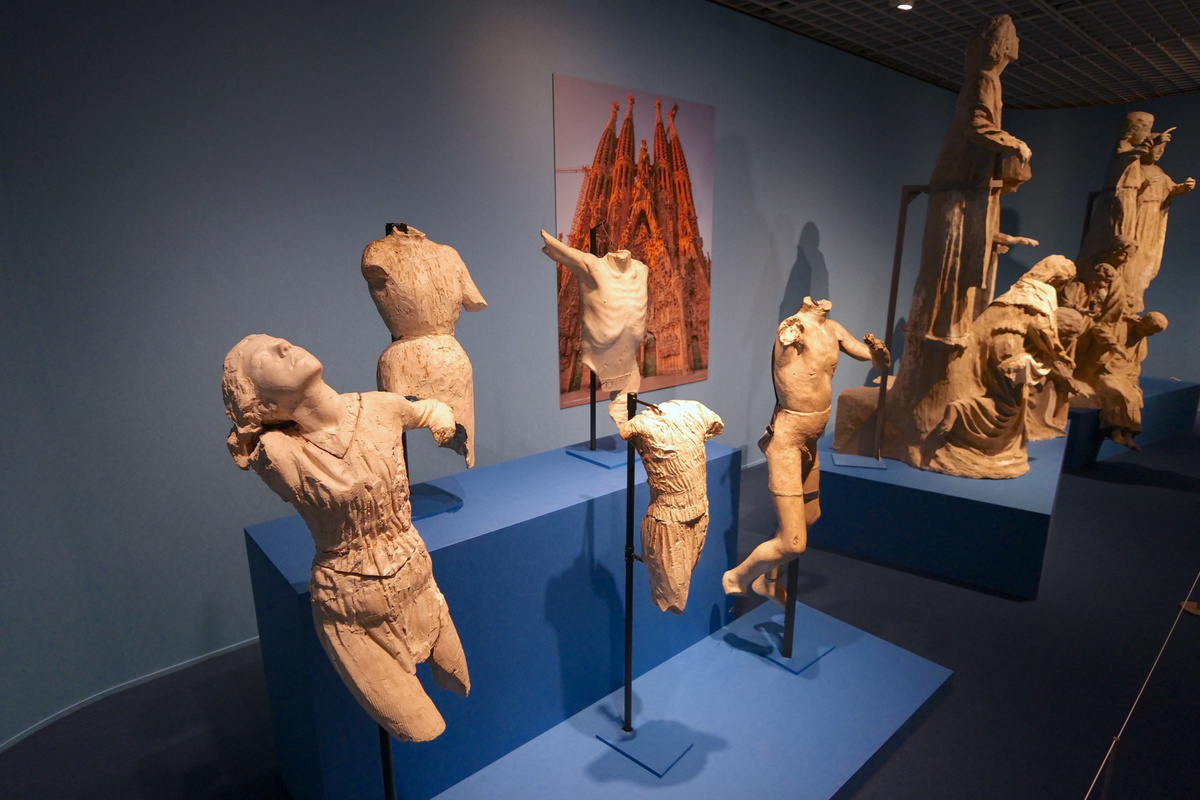
The museum dedicates its largest exhibition space to revealing the secrets of the construction and design of the Sagrada Família cathedral. The highlight of Chapter 3 is “Model of the naves of the Sagrada Família (scale 1/25)”. By closely examining the model, visitors can appreciate the intricate details of the small figurines.
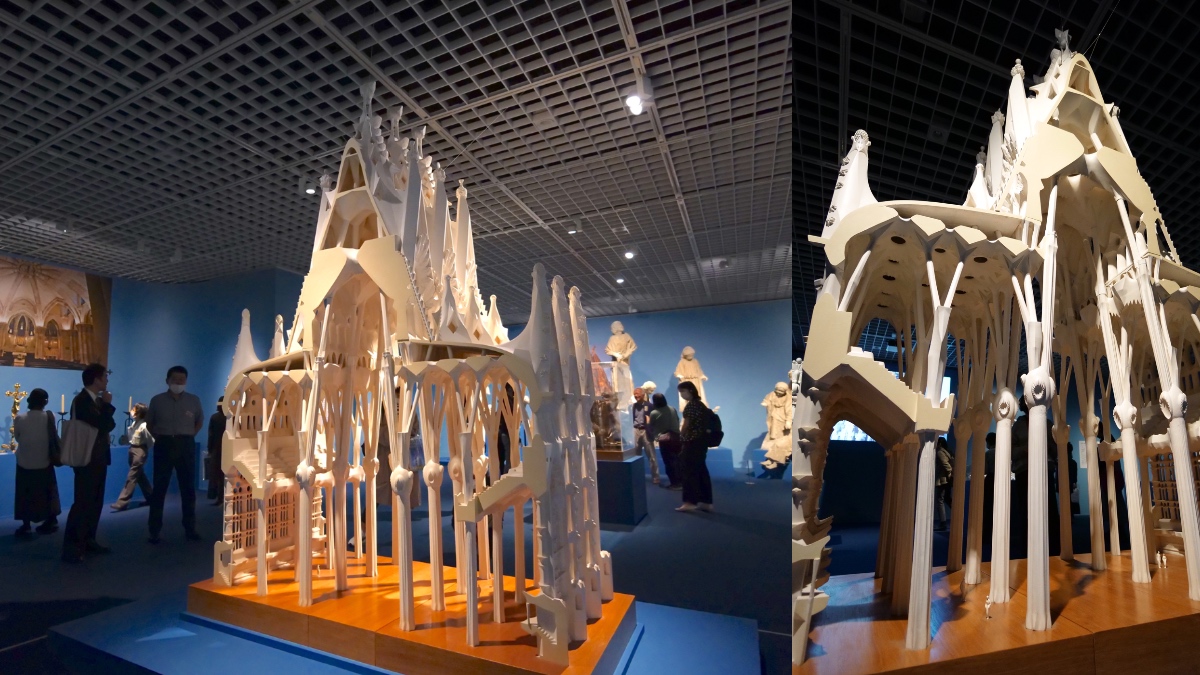
Chapter 3 also presents Gaudí’s distinct pillars, which are particularly interesting, and the multiple displayed models are truly impressive. The abundance of models is necessary to understand Gaudí’s vision and ensure the completion of the project even after his passing. We must acknowledge and applaud all the craftsmen involved in this challenging endeavor, especially in recreating the crucifix that adorns the tallest tower of the cathedral using a partially surviving male mold!
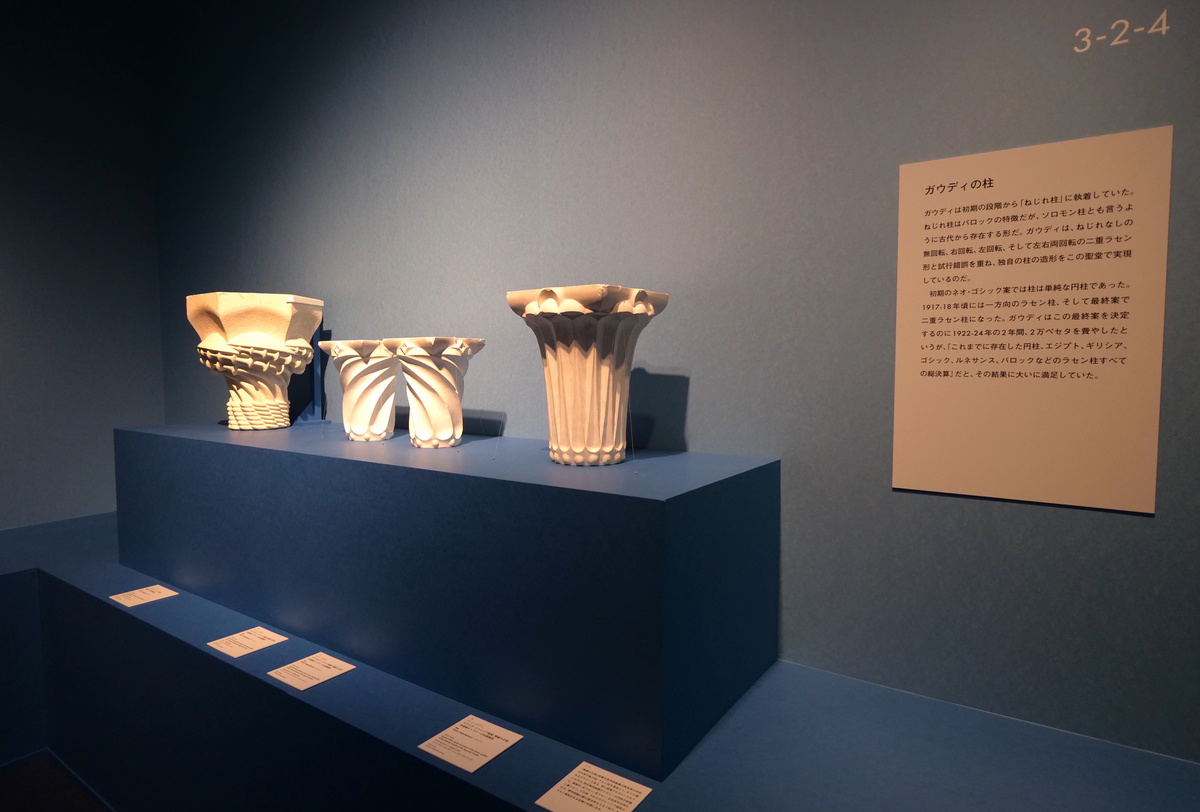
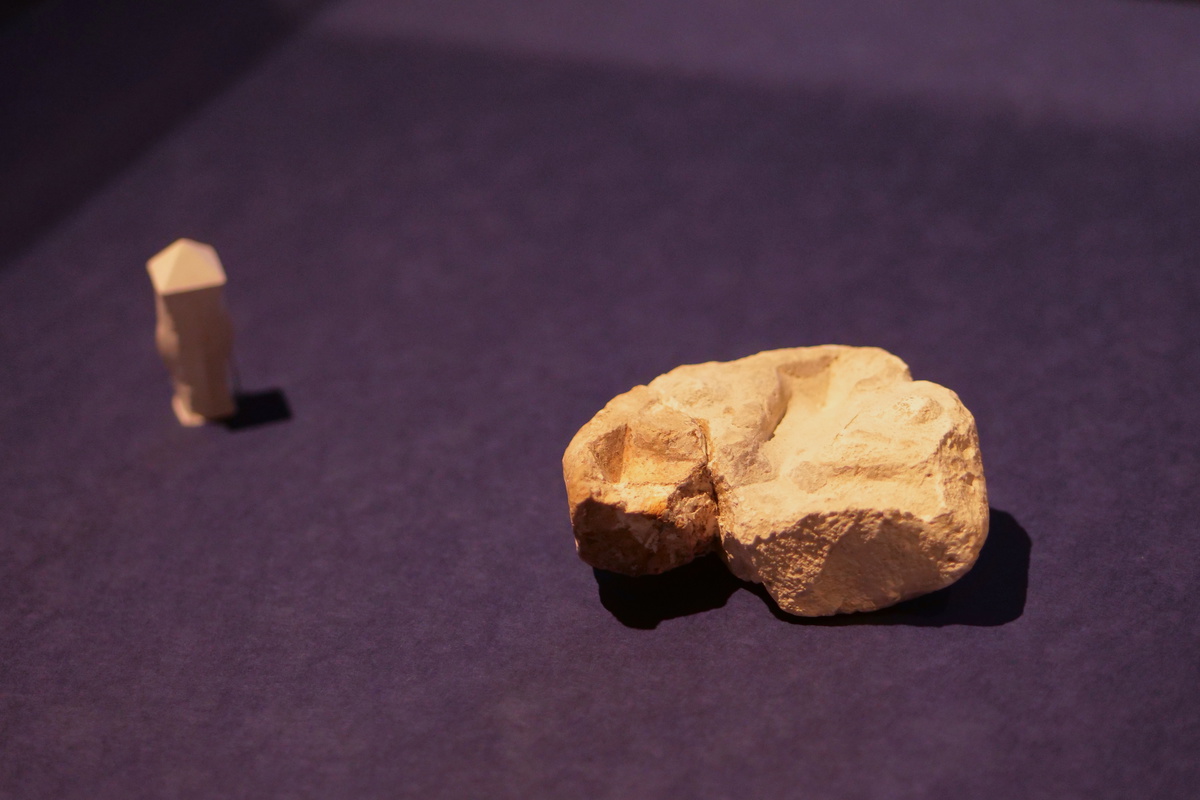
In Chapter 4 of the “Gaudí and Sagrada Família Exhibition,” themed “Gaudí’s heredity,” visitors can enjoy a book exhibition, an interview video featuring a Japanese architect, and a stunning drone video of the current Sagrada Família cathedral produced by NHK.
The Gaudí exhibition shop is also a delightful experience, offering various items that truly capture his passion. So, as you follow Gaudí’s trajectory that has persisted for over 100 years at the “Gaudí and Sagrada Família Exhibition,” immerse yourself in his passion!
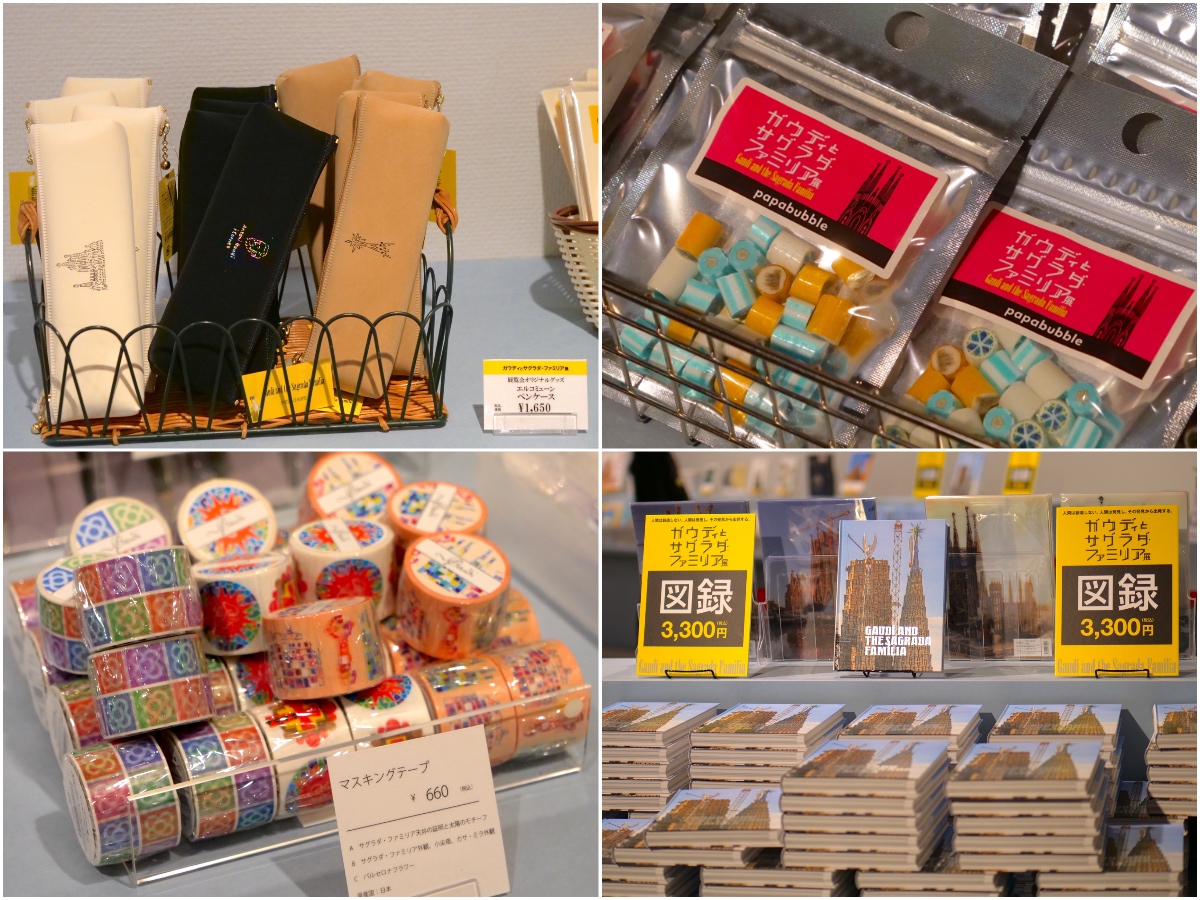
Gaudí and the Sagrada Família
The National Museum of Modern Art, Tokyo Exhibition HP: https://www.momat.go.jp/exhibitions/552
Gaudi Exhibition Official Website: https://gaudi2023-24.jp/
Date: June 13th (Tuesday) to September 10th (Sunday), 2023
For the protection of the work, some exhibits will be changed during the exhibition period.
Venue: The National Museum of Modern Art, Tokyo 1F Special Exhibition Gallery
Opening hours: 10:00-17:00 (Until 20:00 on Fridays and Saturdays) *Last admission 30 minutes before closing
Closed days: Mondays (except July 17) and July 18
The National Museum of Modern Art, Tokyo
https://www.momat.go.jp/
Twitter: https://twitter.com/MOMAT_museum
Facebook: https://www.facebook.com/momat.pr
YouTube: https://www.youtube.com/user/MOMAT60th
3-1 Kitanomaru Park, Chiyoda-ku, Tokyo
Google Maps: https://goo.gl/maps/UrVmJReZ5Vo6hUhB9
Nearest stations: Takebashi station, Kudanshita station, Jimbocho station


